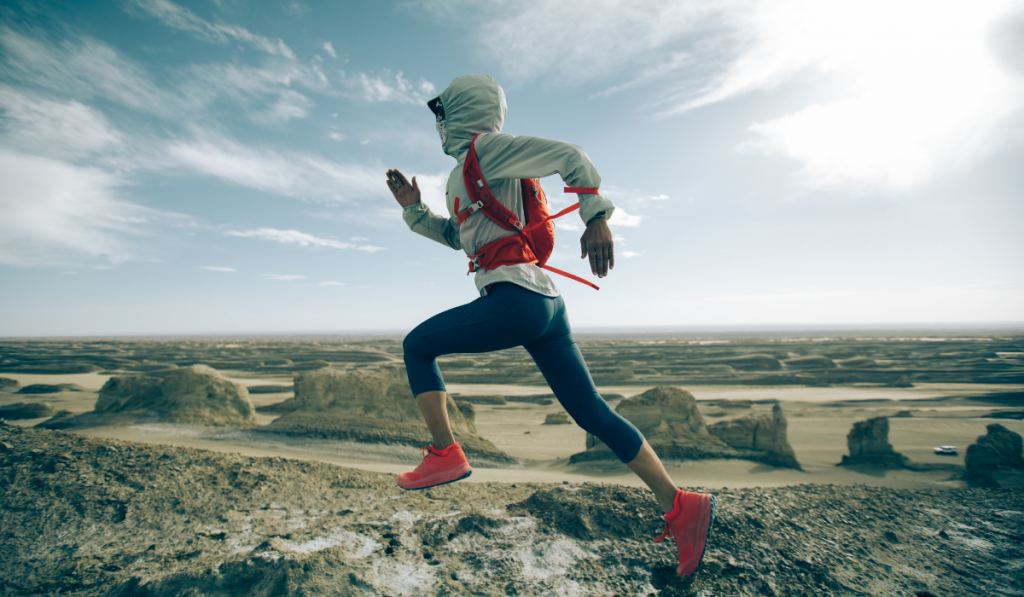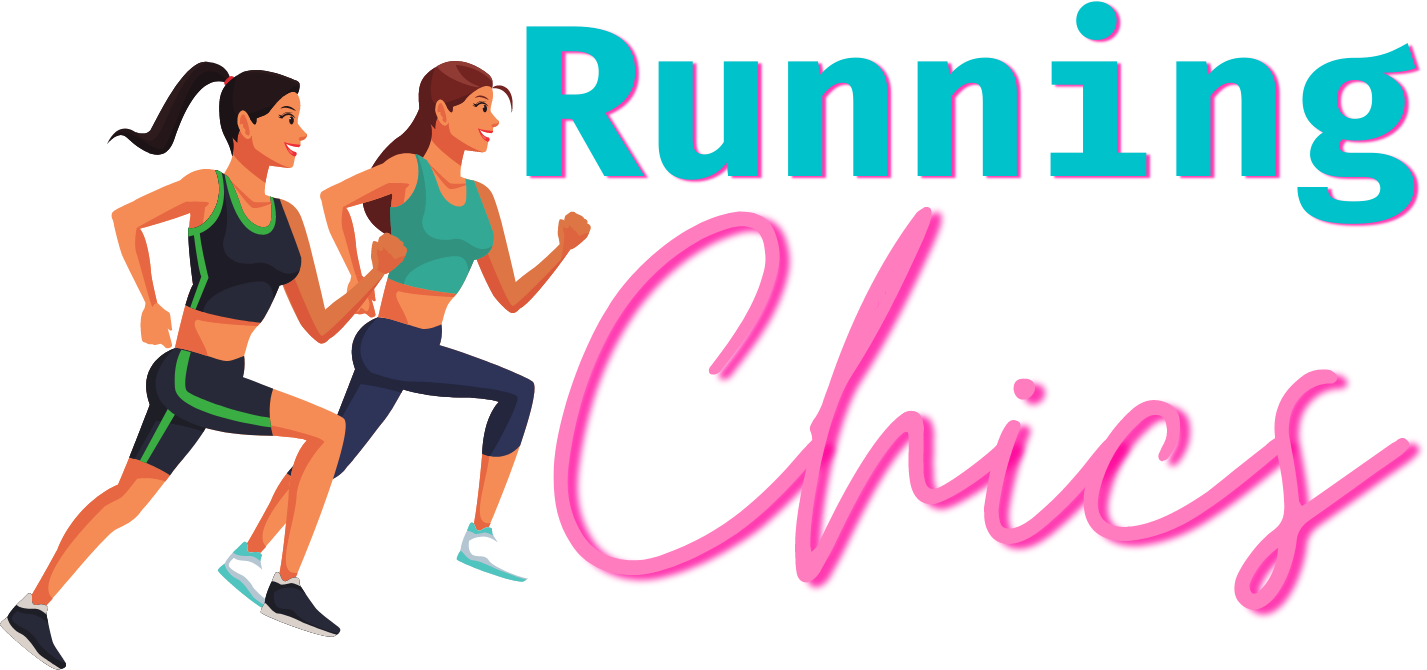How to Run Without Stopping
Many runners aim to run long distances without stopping, just like elite runners. And it might seem hard to achieve, but it is actually very possible.
Undoubtedly, mastering the ability to run without stopping is a great skill. But then, it takes time.
Thankfully, there are several practical steps to help you develop this skill. Once you learn the do’s and don’ts, you will find running long distances without stopping becomes easier.
Below, we have compiled various steps you can take as you learn how to run without stopping. Read on and upskill!

How to Run Without Stopping
Choose a Suitable Route
Choosing the best route and terrain can go a long way to helping you achieve your goal of learning how to run without stopping.
Choosing the right location for a run is the best way to improve your endurance.
Pick a route with a flat and even surface so you don’t have to run up hills or on uneven surfaces. Running on hills or uneven terrain can slow you down and make the run more difficult.
You should also choose a route that is free from traffic.
Playing fields and athletics tracks are good choices since they have flat and even surfaces. Also, choose terrain that makes it possible for you to run in different types of weather.
If you are not too comfortable running outdoors, you can use a treadmill. Just ensure you adjust the incline and speed of your treadmill to suit your current fitness level and running experience.
Running on Different Routes

Another way you can run without stopping is to try running on different routes.
Over time, as your fitness and endurance improve, you can change your route to work on different muscles. You can run on different terrain every week, switching from hard to soft terrain.
By running on different routes, you come across different people and scenes. It means you won’t get bored as you run.
If you are not keen on trying a different route, you can choose to change the direction of your run.
Warm-Up and Cool Down Properly
Before you embark on a run, it is essential to give your muscles a proper stretch. Ensure you stretch every major leg muscle you will use for your run.
Stretching your muscles is a good way to improve muscle efficiency and endurance. Warming up also prepares you mentally for what you are about to face.
Cooling down after your run lessens any fatigue you may feel after your workout. After your run, take some time to slow down and get your heart rate back to normal.
Do Not Succumb to Walking

If you stop to walk once during a run, you will keep stopping to take walks until the run is over. Stopping frequently to walk tends to have a demoralizing effect.
When you feel like walking, keep running but slow down. Try to shake out any tension in your legs and arms.
Also, imagine yourself running on a treadmill or in one spot. Doing this puts your breathing under control and allows you to think clearly.
With time, the urge to stop will pass, and you will gradually return to your comfort zone. Slowing down helps you decide if it is time to stop for a walk or time to catch your breath.
Keep Your Body Relaxed
Many runners have a habit of tensing up or hunching over when they run. Running this way puts a strain on the arms, neck, and shoulders, making the run uncomfortable.
When you run, try to relax your muscles. It ensures you use less energy while you run, improving your overall endurance in the process.
Here are some tips to help you improve your posture while you run:
- Avoid looking down at your feet. Always look ahead.
- Avoid clenching your fists and keep your hands loose.
- Relax your brow and unclench your jaw.
- Keep your back straight and relaxed.
- Run quietly.
- Do not hold anything in your hand while you run. This can cause imbalances in your running posture.
Listen to a Rhythm

Before going for your run, try to find songs that will keep you pumped up as you run.
Listening to music during a run is a good form of distraction, and it keeps you running at a steady pace.
When you focus your attention on something else, you tend to forget how tired your body feels. This, in turn, makes it possible to run for a longer time.
Note: If your route has high vehicle traffic, listening to music while running may not be a safe option. So, for your safety, listen to music during your warm-up and not the actual run.
Use the Right Gear
Using the right running gear can go a long way to keeping you motivated for your run. Many runners get motivated by the thought of running in a new running top or new pair of shorts.
Although running in stylish gear seems nice, remember to pick comfortable shoes and clothing.
When choosing shoes, ensure you get high-quality shoes that fit correctly. You want to avoid getting blisters 15 minutes into your run.
Also, avoid running in worn-out shoes, and always replace shoes when they need replacing.
When choosing your clothing, avoid fabrics like cotton. Pick clothing that cools you down and won’t chafe. Pick breathable fabrics to help your body breathe and regulate your body temperature.
If you run in the winter, ensure your gear is warm but breathable.
Avoid Running Too Fast

It is common for most runners to run too fast at the start of a run. While this may seem like a good idea, you may end up running out of steam.
One secret to maintaining your endurance during a run is to keep your pace from the start.
Controlling your pace will ensure you are not going too fast or too slow. Since the running speed of every individual is different, find a pace you can maintain for long periods.
Once your endurance improves, you can slowly increase your speed. If you notice you are running out of breath, try to slow down.
Remember, your aim is to improve your endurance, not how fast you get to the finish line.
Remember to Hydrate
Before going for a run, ensure you drink enough water.
You should also carry enough water to keep you hydrated as you run. Staying hydrated throughout your run ensures your body gets adequate oxygen.
There is no fixed standard for how much water you need to remain hydrated. However, there are some factors you need to consider.
Factors that affect how much water you need:
- If you sweat profusely during workouts, your water intake will be higher than someone who hardly sweats.
- The weather – the amount of water lost by the body in different seasons differs. So, your water intake will vary from one season to another.
Breathe Correctly

Many people believe the correct way to breathe when running is inhaling through the nose and exhaling through the mouth. However, this style of breathing does not always guarantee a successful run.
While running, it is ideal to breathe with your mouth and nose. Breathing through your mouth and nose ensures that you get enough oxygen.
As you run, your breathing forms a pattern with each step you take. This rhythmic pattern ensures your body runs more efficiently.
If controlling your breathing becomes an issue, or you are getting out of breath, you are running too fast. Try slowing down a bit until you can manage your breathing.
Set a Step Limit
If all else fails and you still want to stop, you can try walking instead. Although there is nothing wrong with walking, you have to set a few rules for yourself.
If you walk for too long, it becomes difficult to start running again. Setting a limit on how long you can walk is a good way to give yourself a controlled break.
For instance, you can limit yourself to 100 steps before resuming your run. But if you exceed this limit, you will find it difficult to convince yourself to continue running.
Fuel Your Run

Before you go for a run, it is essential to provide your body with the energy required for the run. Although some prefer to run on an empty stomach, you can decide to have a small snack before your run.
Consider taking carbohydrates as a preferred energy source since they release energy faster.
If you eat before running, ensure you eat at least 30 minutes before your run. That will give your body enough time to digest the food.
Some good food options you can try when planning for a run include flapjacks, protein shakes, energy balls, and Greek yogurt with berries.
Resources:
- https://www.runwithcaroline.com/how-to-run-for-30-minutes-without-stopping/
- https://medium.com/runners-life/how-to-not-stop-running-when-you-feel-like-stopping-41e270b25904
- https://www.reddit.com/r/running/comments/nzg7k/how_do_you_run_without_stopping/
- https://everyfirststep.com/run-without-stopping/
- https://www.irishtimes.com/life-and-style/health-family/fitness/six-steps-to-keep-you-running-even-when-you-feel-like-stopping-1.4013913
- https://www.verywellfit.com/how-to-run-a-mile-without-stopping-2911201







